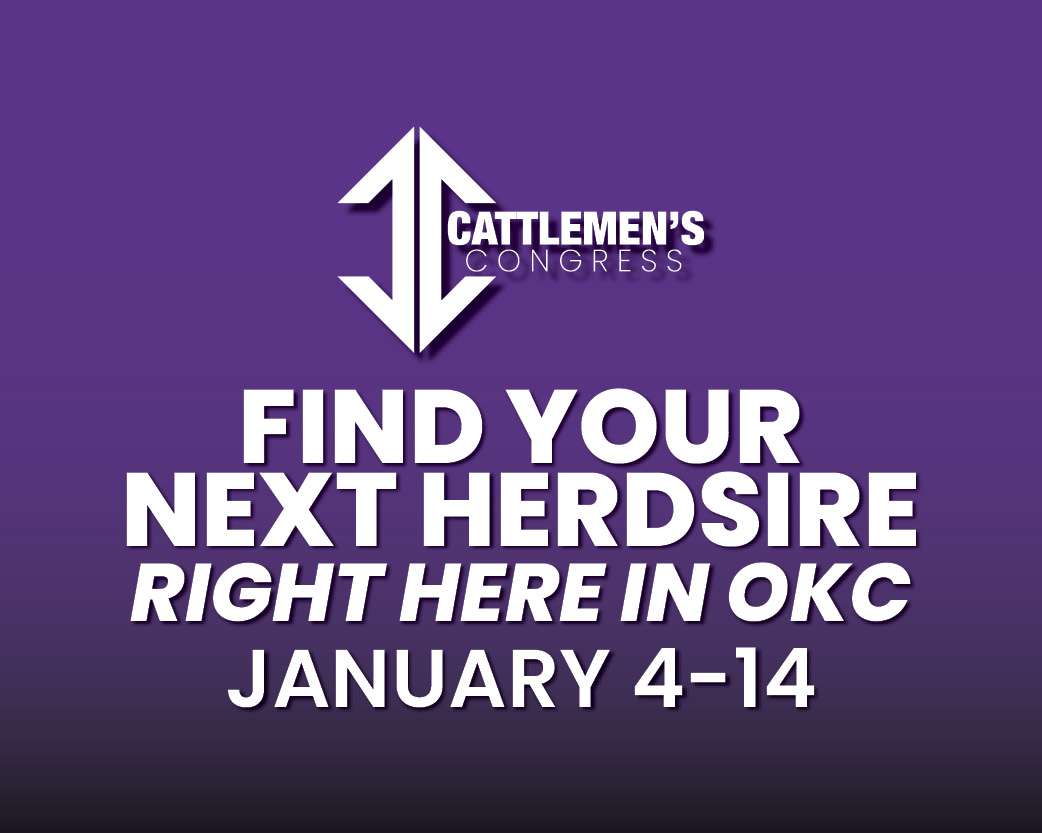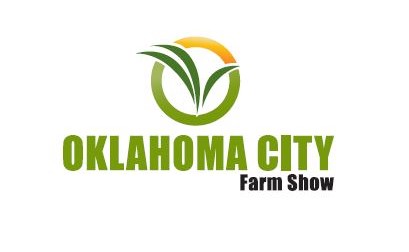
Statewide Discussion: An uptick in fire activity occurred yesterday in areas along and west of the pronounced dryline. Overall, the frequency of wildfire occurrence and size of fires is increasing although initial attack, while becoming more challenging, remains successful. Drought-stricken fuels are primed to support fire behavior exceeding seasonal expectation. In fact, Energy Release Component (ERC) has logged record observations within the last twenty-one years for many locations, especially in the eastern one-third of Oklahoma. ERC serves as a composite fuel moisture directly linked to resistance to control on the fireground that firefighters experience. As of late, fires have exhibited fuels-driven fire behavior lacking the wind that drives higher rates of spread. Usher in a pair of approaching cold fronts and the expectation that the pre-frontal fire environments will support increased initial attack frequency and risk for large fire (+300 acres) occurrence focusing on Thursday and then again on Monday.
Today: A weak cold front is moving into northern Oklahoma and expected to stall out north of I-40 offering only a slight reduction in temperature from yesterday and possibly a few sprinkles of rain. Otherwise, a bit slower start of active burning conditions is expected with respectable overnight moisture recovery and slightly higher afternoon relative humidity values. Wind speeds will also be a bit less intense than yesterday, with fuels/topography-driven fire behavior dominating the expectation today especially where adverse fuels (mixed brush/grass) are prevalent. Initial attack efforts, while challenging, are expected to remain successful.

- North-Central Oklahoma: The most aggressive fire behavior today will likely occur in north-central Oklahoma north of I44. Temperature 78°-87°, clear skies and afternoon relative humidity values 30-36% will yield fin-dead fuel moisture around 6% noting that live-herbaceous moisture is suffering offering little moderation in composite fuel moisture. Winds will become northeasterly this afternoon sustained 8-13 mph with some higher gusts. Ungrazed grasslands will support head fire rates of spread 65-115 ft/min and flame lengths 10-14 ft. Mixed fuels, while producing slower ROS around 45 ft/min will prevalently exhibit torching, flare-ups and short-range spotting.
- Eastern/Southeastern Oklahoma: Temperature remains very warm at 84°-90° this afternoon with a few clouds and slightly higher relative humidity values 33-40% holding 1-Hr. fuel moisture at 6% at most locations with some 7% observations likely. Northeast winds sustained 4-9 mph are expected although becoming more southeasterly in southeast Oklahoma by late afternoon. Timber-litter will exhibit manageable rates of spread generally 20-30 ft/min with 4-5 ft. flame lengths although expect flare-ups and challenges where large diameter dead fuels are present. Timber where pine is present will readily result in group tree torching and short-range spotting. Grass-dominated fuels will exhibit ROS 40-90 ft/min and FL 7-9 ft offering good probability of successful initial attack.
- Central/Southern Oklahoma: Temperatures will likely top 90° south of I-40 with afternoon relative humidity values +/- 35% yielding fine-dead fuel moisture at 6%. Southeasterly winds 5-9 mph with a few higher gusts will support moderate rates if fire spread offering good initial attack probability – grass-dominated fuels ROS +/-70 ft/min and FL 6-9 ft / mixed fuels ROS +/-40 ft/min and FL5-8 ft. Torching and flare-up should be expected where brush fuels are present.
- Western Oklahoma: Temperatures will range from the mid-70°s in the Panhandle to around 90° in southwest Oklahoma. Fine-dead fuel moisture will also range from 6% north where afternoon relative humidity values remain above 30% while the far southwestern counties tap 4% where relative humidity drops below 25%. Easterly winds sustained 7-11 mph with a few higher gusts will support moderate rates of fire spread in rangeland fuels at 60-90 ft/min and flame lengths 7-10 ft offering good probability for successful initial attack.
Thursday: Overnight moisture recovery is expected to be good delaying active burning conditions and fine-dead fuel moisture is expected to remain above critical threshold although the return to southerly winds and increased wind speeds will support moderate to rapid rates of fire spread on established wildfires in range and grass-dominated fuels. Temperature will again top 90° at many locations under clear skies and gusty south winds will support rates of fire spread nearing 200 ft/min. Large fire potential is increased while significant fire potential remains very low.
Near-Term: On the heels of a cold front passage, temperature will be a bit cooler on Friday with moderate afternoon relative humidity values and wind speeds. Fire danger remains high to very-high with persistent dryness firmly in place. The next day of notable concern will come on Monday with another approaching front driving potential for critical fire weather.
County Burn Bans: Click HERE for the most current burn ban information.

















